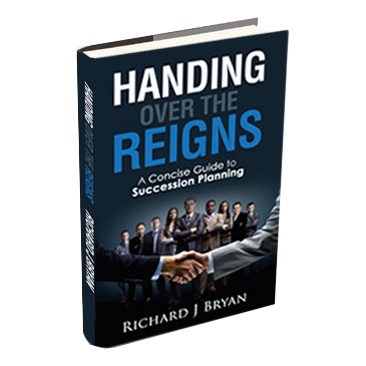As a Brit born and raised, there’s one thing about the U.S. that I’ve always found profoundly difficult to understand—the American “work ethic.” Did you know that the U.S. is the only industrialized nation that doesn’t have a legal maximum number of hours you can work per week? All told, those extra hours add up to about another full day every week. That’s six days a week we’re toiling away in the office, when we could be living our best, balanced lives.
But how much of this workload is truly essential? As a reformed over-committer, I have seen first-hand how easy it is to fill up your calendar with tasks and appointments that aren’t personally OR professionally fulfilling. The problem, as I see it: we’re conditioned from a very early age, both to say “yes” and also to believe that busier is better. I’m here to tell you it’s not.
When I first began to practice the art of saying “no,” I started every sentence with the word “sorry.” Now, when I’m declining an invitation or project, I start with “thank you,” because I’m grateful to have those minutes back. Here are four simple strategies to help you get there.
1. Set Boundaries. It sounds so simple, doesn’t it? But particularly during my time on the succession planning speaker circuit, I found I had dozens of opportunities during the day to give away my most precious resource—my time—for free. With a little healthy boundary-setting, I was able to develop a hard-and-fast strategy for those times when I’m asked by a keynote attendee for a casual (read: free) meeting to “pick my brain” about something.
Now, my response is to ask them to email me an agenda outlining the top three things they want to speak about, and why. This typically eliminates 90% of enquiries, because they don’t follow through! Those who do reply get a request from my assistant to schedule a video call (30-minute limit), for which we already have a clearly defined agenda. There’s no travel expense, and by doing less I’m able to offer each of my clients more of my attention.
2. Try a Little Triage. Sometimes, it just isn’t possible to say “no” to the engagement that tips you into official overwhelm. When I’m traveling for a succession planning speaker gig, I find that my days get compressed by day-long events and related commitments, or expanded by the forced downtime of travel. Now that I fully understand the unique cycle of my schedule, I’m incredibly mindful of what kinds of commitments belong where—and I honor that.
For example, I tend to limit “extracurricular” face-to-face engagements in the days surrounding a speaking gig, so that I can conserve my energy for the people who have paid to see me speak. And, because my brain is already in what I like to think of as “big-picture” mode, it’s a great time to do some 30,000-foot thinking and long-term planning exercises.
When I’m back in the day-to-day operations of leading a business and I’m feeling over-committed, I’ve learned to lean on basic triage principles—only focusing on the next most important task, and looking for those tasks or engagements that can be delegated, extended or otherwise removed from the “urgent” list. Trust me: it works.
3. Schedule Your Downtime. In the busier-is-better mentality, we’re always fighting for table scraps of free time—and usually, self-care is our very last priority. One thing that helped me shift my perspective on this was Jeff Walker’s Designing an Incredible Life series.
Now, using principles I picked up from Jeff, I “designed” a morning routine that sets me up for productivity. Upon waking, I begin my day with 20 minutes meditation, ten minutes of stretching and 50 minutes of work on a project that is a priority to me, or reading something of value to my business or personal development. Until this routine is complete, I don’t even have breakfast—and I don’t open a single email or pick up my phone until after breakfast.
4. Scale Back + Buckle Down. This last bit of advice was hard for me to hear, but I needed to hear it: is your over-commitment really avoidance? When you say yes to everything, you’re preventing yourself from delving deeply into any one thing. This effectively keeps all of your projects and relationships at a surface level, where motion—not progress—is the status quo.
This can actually be a coping strategy, and it’s not a healthy one. So, the next time you feel overwhelmed just looking at your calendar, I invite you to ask yourself this: If I had to choose just ONE project to focus on, which of these would be the most fulfilling, in the long-term? Then, once you understand where your deepest priorities lie, perfect your “no, thank you” speech…start scaling back the things that matter less…and buckle down on the good stuff.
Here’s to Your Business Success!
Richard J. Bryan
Related Topics:
5 Tips to Fight Busy-ness in your Business
How Disagreement Can Help Your Team Thrive
5 Leadership Resolutions for 2019 + How to Make them a Reality


